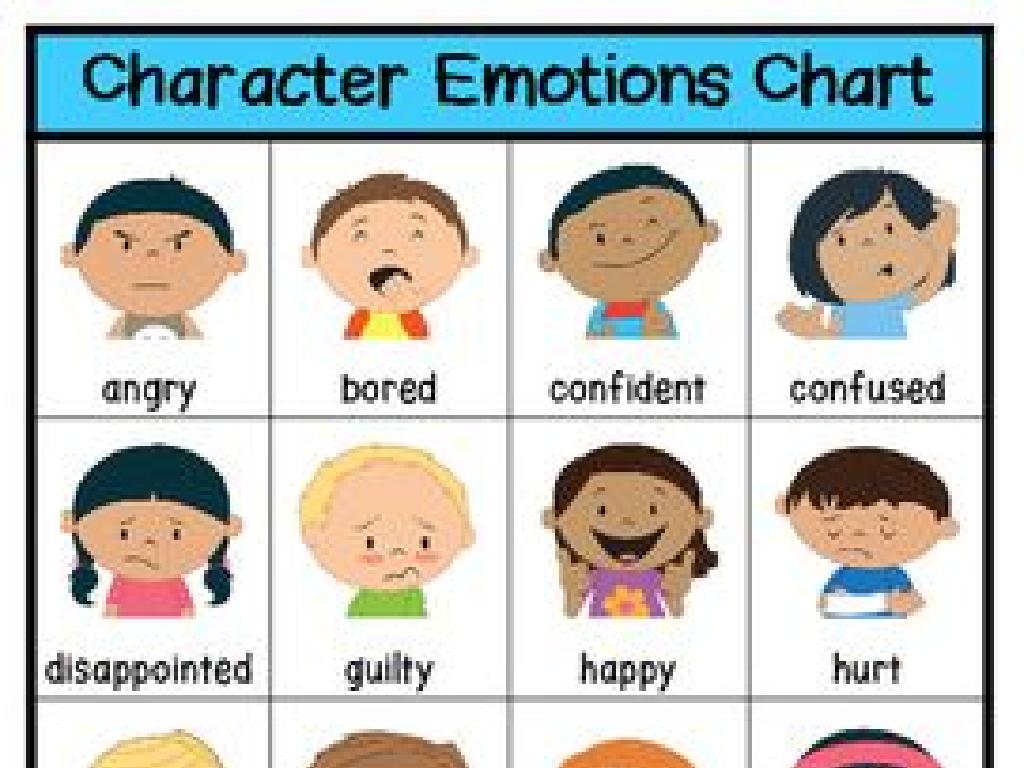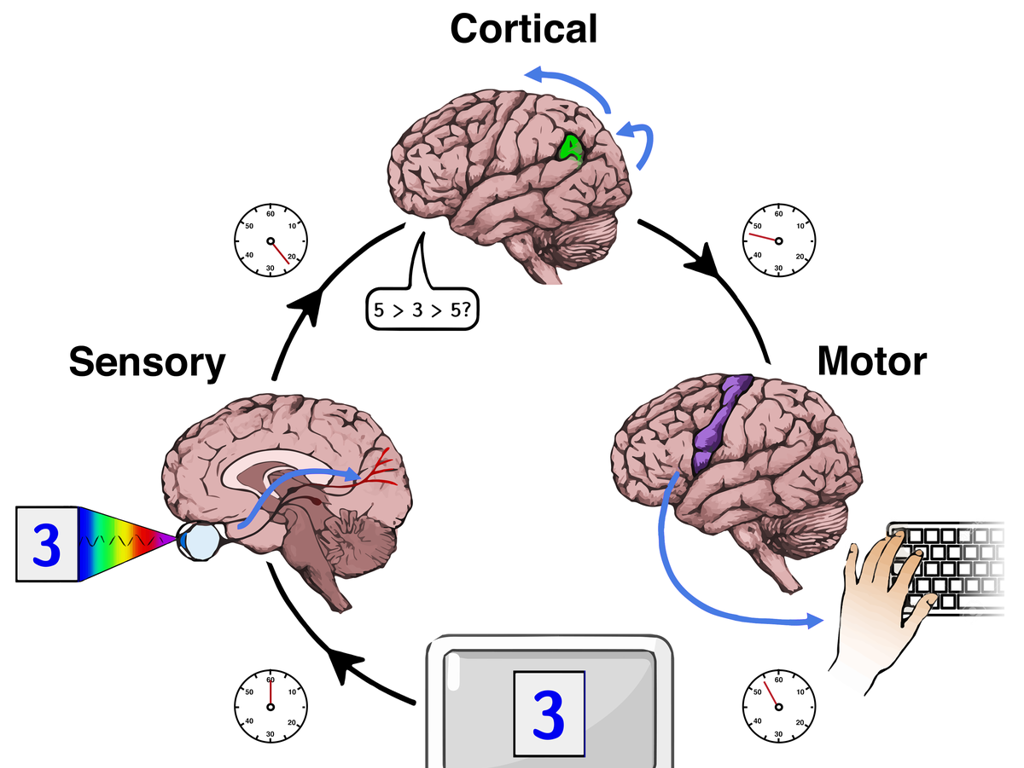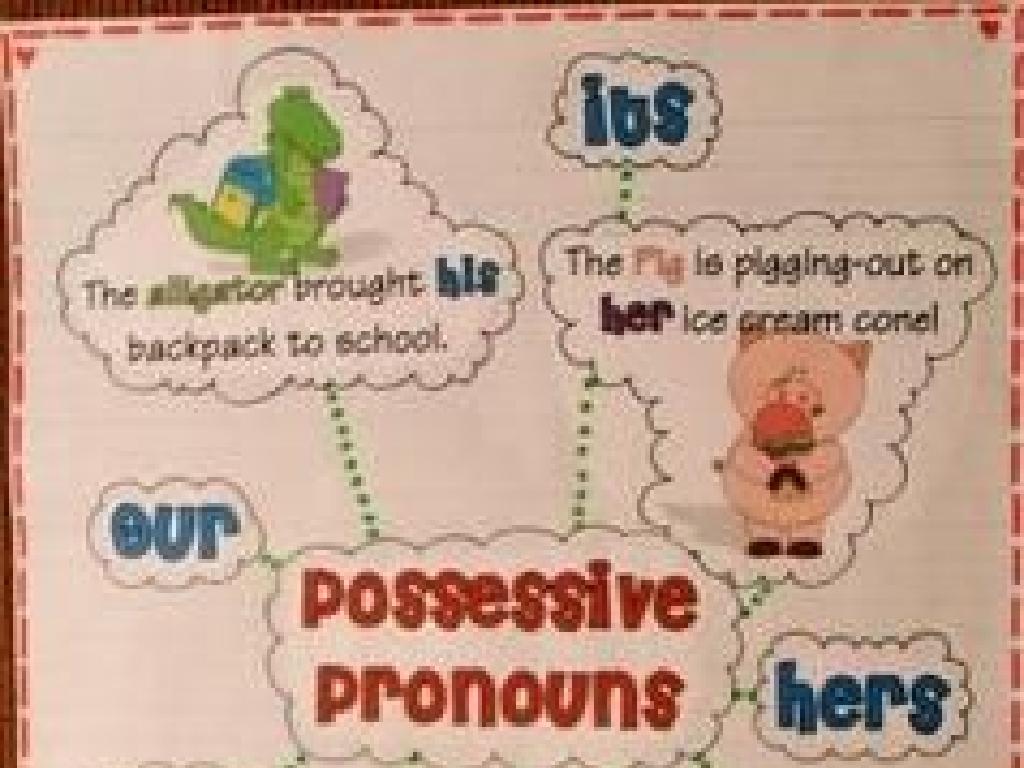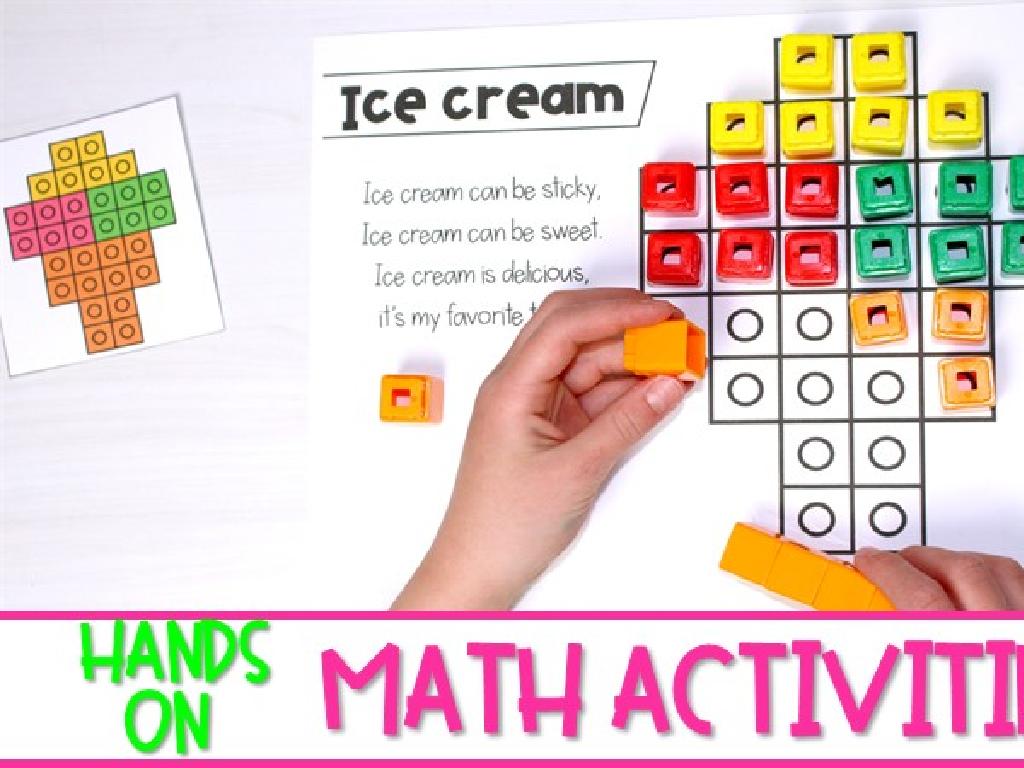Change-Of-State Diagrams: Solid, Liquid, And Gas
Subject: Science
Grade: Third grade
Topic: Phase Change
Please LOG IN to download the presentation. Access is available to registered users only.
View More Content
Phase Changes: Solids, Liquids, and Gases
– Matter comes in 3 forms
– Solids have a fixed shape, liquids flow, gases fill their container
– Phase change means matter changing
– Matter can change from one form to another when heated or cooled
– Daily life examples of phase changes
– Melting ice, boiling water, condensation on a cold glass
– Water as a model for phase changes
– Water can be ice, liquid water, or steam depending on temperature
|
This slide introduces students to the concept of phase changes in matter, focusing on the three states of matter: solid, liquid, and gas. Emphasize that solids have a definite shape and volume, liquids take the shape of their container but have a definite volume, and gases completely fill their container. Explain that a phase change occurs when matter changes from one state to another, such as solid to liquid or liquid to gas, usually due to a change in temperature. Use relatable examples like ice melting, water boiling, and glasses fogging up to illustrate these changes. Highlight water as a familiar substance that can exist in all three states to help students visualize and understand the concept of phase changes.
Exploring Matter: Solid, Liquid, and Gas
– Matter is everything around us
– Matter has three main states
– Solids, liquids, and gases are the states
– Solids keep their shape
– Solids don’t change shape easily
– Liquids flow and fill containers
– Liquids take the shape of their container
|
This slide introduces the concept of matter and its three states to third-grade students. Matter is defined as anything that takes up space and has mass, which includes everything around us. The three main states of matter are solid, liquid, and gas. Solids have a fixed shape and volume, liquids take the shape of their container but have a fixed volume, and gases fill the entire space available to them. Emphasize the characteristics of each state with examples: ice (solid), water (liquid), and steam (gas). Encourage students to think of other examples and how matter changes from one state to another, like water freezing or boiling. This foundational knowledge sets the stage for understanding phase changes in subsequent lessons.
Exploring Solids: Characteristics and Examples
– What defines a solid?
– Solids keep their shape and don’t flow like liquids or gases
– Solids have fixed shape and volume
– A solid’s shape doesn’t change unless we cut or mold it
– Everyday solid objects
– Chairs, ice, and rocks are all solids we see daily
|
This slide introduces the concept of solids to third-grade students. Begin by explaining that solids are one of the three main states of matter and have their own unique properties. Emphasize that unlike liquids or gases, solids maintain a fixed shape and volume. Use relatable examples such as furniture, ice cubes, and playground rocks to illustrate the concept. Encourage students to think of other solids they encounter in their daily lives and consider what makes them solids. This will help them understand the tangible aspects of solids and how they differ from other states of matter.
Exploring Liquids: A Phase of Matter
– Liquids have volume
– Liquids fill up space but don’t have their own shape
– They take the shape of containers
– Put water in different shaped containers to see!
– Liquids are everywhere around us
– Oceans, rivers, drinks are all liquids
– Water is a liquid we use daily
– Think about how we use water every day
|
This slide introduces students to the concept of liquids as a state of matter. Emphasize that liquids have a definite volume but do not have a fixed shape, instead, they take the shape of their container. Use relatable examples from the environment such as bodies of water and common beverages to illustrate where liquids are found. Highlight the importance of water as a liquid in our daily lives, from drinking to washing. Encourage students to think of other liquids they encounter every day and to observe the behavior of liquids in different containers. This will help them understand the unique properties of the liquid state compared to solids and gases.
Gases All Around Us
– Understanding what gases are
– Gases are air-like substances that can spread out.
– Gases expand to fill space
– Put gas in a box, and it’ll fill every corner!
– Examples of common gases
– Oxygen we breathe, carbon dioxide in soda
– Observing gases in daily life
– We can’t see gases, but we see their effects!
|
This slide introduces students to the concept of gases, which are one of the states of matter alongside solids and liquids. Gases are substances that don’t have a fixed shape and will spread out to fill the container they are in. Common gases include the oxygen that we breathe and carbon dioxide, which is found in fizzy drinks. It’s important to help students understand that while gases are invisible, we can observe their presence through their effects, such as a balloon inflating or feeling the wind. Encourage students to think of and discuss other examples of gases they encounter in their daily lives.
Change of State: Solid to Liquid
– Understanding Melting
– Melting is when a solid becomes a liquid.
– Heat’s Role in Melting
– Adding heat to a solid makes it melt.
– Observing Ice to Water
– Like ice turning into water.
– Melting in Daily Life
– Chocolate melts in your hand!
|
This slide introduces the concept of melting, the process where a solid changes into a liquid. It’s important to explain that heat is the driving force behind this change of state. Use the example of ice melting into water to illustrate this concept, as it’s a phenomenon that third graders can easily observe at home or in the classroom. You can also discuss how chocolate melts when it gets warm, which is another relatable example for the students. Encourage the class to think of other examples of melting they have seen and to share their experiences. This will help them connect the concept to their everyday lives and understand the practical implications of phase changes.
Change of State: Liquid to Gas
– Evaporation process
– Evaporation is when liquid turns into gas.
– Boiling water into steam
– When water boils, it becomes steam.
– Wet clothes drying
– Clothes dry as water evaporates from them.
– Understanding with examples
– We’ll see how puddles and morning dew disappear.
|
This slide introduces the concept of phase change from liquid to gas, focusing on evaporation. Begin by explaining evaporation as a process where liquid water changes into water vapor, which is a gas. Use the example of boiling water to illustrate this change, as the heat turns water into steam. Relate the concept to everyday life by discussing how wet clothes dry when water evaporates from them. To reinforce understanding, provide examples such as puddles drying up on a sunny day or the disappearance of morning dew. Encourage students to think of other examples where they have observed water disappearing without being wiped away.
Change of State: Gas to Liquid
– Understanding Condensation
– Condensation is when gas turns into liquid.
– Formation of Clouds
– Clouds form when water vapor in the air cools down and condenses.
– Condensation on Glass
– Notice how water droplets form on a cold glass? That’s condensation!
– Daily Examples of Condensation
– Dew on grass and fog on mirrors are also condensation.
|
This slide introduces the concept of condensation, a phase change where gas turns into liquid. Start by explaining that when water vapor in the air cools down, it changes back into liquid to form clouds. This can be observed in everyday life, such as the formation of water droplets on the outside of a cold glass of water. It’s important to provide relatable examples that students can observe in their daily lives, like dew on the grass in the morning or foggy mirrors after a hot shower. These examples will help solidify their understanding of condensation as a change of state from gas to liquid. Encourage students to think of other examples where they have seen condensation occur.
Change of State: Liquid to Solid
– Understanding Freezing
– Freezing is when a liquid turns into a solid.
– Water Freezes into Ice
– At 0°C or 32°F, water becomes solid ice.
– Making Ice Cubes
– Fill a tray with water, put it in the freezer, and wait!
– Freezing in Nature
– Puddles freeze overnight when it’s cold enough.
|
This slide introduces the concept of freezing, which is the process of a liquid turning into a solid. Use water as a relatable example, explaining that when it gets cold enough, water changes from a liquid to a solid form called ice. Demonstrate this with an activity where students can make their own ice cubes at home by freezing water in a tray. Discuss how this process also happens in nature, such as when puddles or lakes freeze over in winter. Encourage students to think of other examples of freezing they have seen or experienced.
Exploring Phase Changes
– What is a phase change?
– It’s when matter changes from solid, liquid, to gas
– Temperature’s role in phase changes
– Heat up to melt, cool down to freeze
– Phase change directions
– From solid to liquid to gas or the reverse
– Examples of phase changes
– Water to ice, ice to water, water to steam
|
This slide introduces students to the concept of phase changes and how temperature affects the state of matter. Begin by explaining that a phase change is when matter changes between solid, liquid, and gas. Discuss how adding or removing heat can cause these changes like melting ice to form water or freezing water to make ice. Illustrate the direction of phase changes with arrows showing the transitions between states. Use relatable examples such as water changing to ice in the freezer or steam from boiling water to help students visualize the concepts. Encourage students to think of other examples of phase changes they’ve observed in daily life.
Class Activity: Making Ice Cream
– Experience phase change hands-on
– Gather materials for ice cream
– Salt, ice, milk, sugar, bags
– Follow steps to make ice cream
– Mix, shake, freeze ingredients
– Observe solid to liquid to solid
– Watch milk change states during process
|
This activity is designed to help students understand the concept of phase change through a fun and interactive experience. Students will observe the phase change of milk from liquid to solid as they make ice cream. Materials needed include salt, ice, milk, sugar, and ziplock bags. The steps involve mixing the ingredients in a small bag, placing it inside a larger bag with ice and salt, and then shaking until the mixture becomes ice cream. Teachers should supervise and ensure safety. Possible variations of the activity could include using different flavors or milk alternatives to cater to dietary restrictions. Discuss with students how the ice cream changes from liquid to solid and the role of salt in lowering the freezing point of ice.





